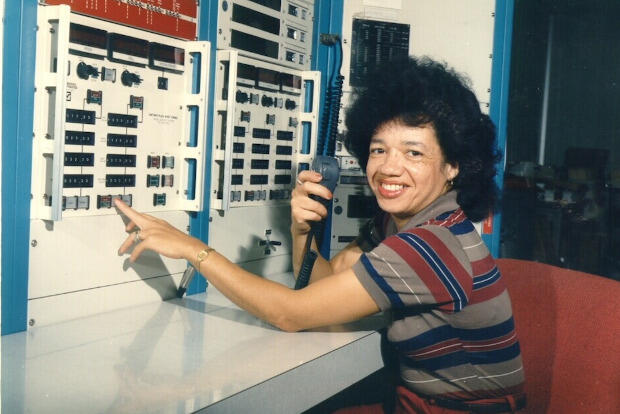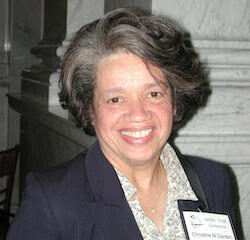
Feb. 1, 2017
Christine Darden, a scientist featured in ‘Hidden Figures,’ to speak at VCU
Share this story
Christine Darden, Ph.D., a retired NASA mathematician, data analyst and aeronautical engineer who is featured in “Hidden Figures: The Story of the African-American Women Who Helped Win the Space Race,” a 2016 book by Margot Lee Shetterly, will visit Virginia Commonwealth University in April.
Darden will speak from 4:15 to 5:15 p.m. on Friday, April 7, in the Academic Learning Commons, room 1107, located at 1000 Floyd Ave. in Richmond. Her talk will be free and open to the public. Shetterly’s book was adapted into the Academy Award-nominated film “Hidden Figures,” released this winter.
Her story is inspiring and we expect her to be an inspiration to VCU’s students.
“Dr. Darden enjoyed a very successful career as a NASA scientist, especially recognized for her research on sonic booms, despite facing a number of obstacles as a woman and African-American,” said Craig Larson, Ph.D., associate professor in Department of Mathematics and Applied Mathematics in the College of Humanities and Sciences at VCU. “Her story is inspiring and we expect her to be an inspiration to VCU’s students. We are very excited to have her visit and talk about her experiences.”
Darden’s visit is sponsored by the Departments of Mathematics and Applied Mathematics; African-American Studies; and Gender, Sexuality and Women's Studies in the College of Humanities and Sciences.
Darden joined NASA in the late 1960s as a data analyst at Langley Research Center in Virginia, working as part of a pool of “human computers” who wrote complex programs and crunched numbers for engineers, though she held the same educational level — a master’s degree in applied mathematics — as many of the men being hired as engineers.

After eight years, she was promoted to an engineering position herself, becoming one of the few female aerospace engineers at NASA Langley. Her first assignment, according to NASA, was to write a computer program for sonic boom. She would go on to research sonic booms for decades.
In 1983, Darden received a doctorate in mechanical engineering from George Washington University. In 1989, she was appointed as the technical leader of NASA’s Sonic Boom Group of the Vehicle Integration Branch of the High Speed Research Program, a role in which she was responsible for developing the sonic boom research program at NASA.
Over her 40-year career at NASA, Darden led “an advisory team composed of representatives from industrial manufacturers and academic institutions, became the deputy program manager of The TU-144 Experiments Program, an element of NASA’s High Speed Research Program; and, in 1999, she was appointed as the director in the Program Management Office of the Aerospace Performing Center where she was responsible for Langley research in air traffic management and other aeronautics programs managed at other NASA Centers,” according to a NASA profile about her.
She also served as technical consultant on a number of government and private projects, and she is the author of more than 50 publications in the field of high lift wing design in supersonic flow, flap design, sonic boom prediction and sonic boom minimization, according to NASA.
Subscribe to VCU News
Subscribe to VCU News at newsletter.vcu.edu and receive a selection of stories, videos, photos, news clips and event listings in your inbox.






